Climbing Mount Kilimanjaro is a dream for many adventurers. Standing tall at 5,895 meters, it’s the highest peak in Africa and offers a unique challenge. However, reaching the summit requires more than just determination; it demands careful preparation and training. This guide will provide you with essential tips to help you succeed in your Kilimanjaro climb.
Understanding Kilimanjaro
Geography and Climate
Mount Kilimanjaro is located in Tanzania, near the equator. Its unique geography means climbers experience a variety of climates, from tropical forests to arctic conditions at the summit. Understanding these climate zones is crucial for your preparation and packing.
Significance and Popularity
Kilimanjaro is not only the highest peak in Africa but also one of the Seven Summits, making it a popular choice for climbers worldwide. Its accessibility, despite its height, attracts thousands of climbers each year.
Choosing the Right Route
Marangu Route
Known as the “Coca-Cola” route, the Marangu Route is the most popular and considered the easiest due to its gradual slope. It offers hut accommodations, which is unique among the routes. This route is typically completed in five to six days. However, its popularity can lead to crowded trails.
Machame Route
The Machame Route, also known as the “Whiskey” route, is more challenging with steeper inclines and longer days. However, it’s incredibly scenic and offers better acclimatization opportunities. This route is usually completed in six to seven days, allowing climbers to better adjust to the altitude changes.
Lemosho Route
The Lemosho Route is known for its beautiful scenery and lower traffic. It’s a longer route, which allows for better acclimatization and increases your chances of reaching the summit. Typically taking seven to eight days, this route provides a gradual ascent and stunning views of the Shira Plateau.
Rongai Route
The Rongai Route approaches Kilimanjaro from the north and is less crowded. It’s considered easier than the other routes but offers less dramatic scenery until higher elevations. This route is usually completed in six to seven days and is ideal for those seeking a quieter, more solitary climb.
Northern Circuit Route
The Northern Circuit Route on Mount Kilimanjaro is a scenic and less crowded path, taking 9-10 days to complete over approximately 90 kilometers. Starting at Londorossi Gate, the route ascends gradually through diverse terrains—from rainforest to moorland and alpine desert—offering excellent acclimatization. Key camps include Mti Mkubwa, Shira 1 and 2, Moir Hut, Buffalo Camp, Third Cave, and School Hut, with the final ascent to Uhuru Peak via Gilman’s Point. This longer, remote route provides stunning views and a higher success rate due to its gradual elevation gain.
Mental Preparation
Developing a Positive Mindset
Climbing Kilimanjaro is as much a mental challenge as a physical one. Cultivate a positive mindset by setting realistic goals and visualizing your success. Remind yourself of your motivation for the climb and focus on your progress. Mental resilience can help you push through difficult moments on the trail.
Visualization Techniques
Visualization can be a powerful tool. Spend a few minutes each day imagining yourself reaching the summit. Picture the terrain, the challenges, and the feeling of accomplishment. This mental rehearsal can boost your confidence and determination, helping you stay focused and motivated during the climb.
Stress Management
Managing stress is crucial, especially as you face the physical and mental challenges of the climb. Practice stress-relief techniques like meditation, deep breathing, and mindfulness. Learn to manage anxiety and maintain calmness, which will help you cope with the unpredictable nature of high-altitude trekking.
Physical Preparation
Cardiovascular Training
Cardio training is essential for building the stamina needed for the long days of trekking. Focus on activities like running, cycling, and swimming to increase your endurance. Aim for at least 30 minutes of moderate to intense cardio exercise three to four times a week. Gradually increase the duration and intensity as your fitness improves.
Strength Training
Strength training is crucial for handling the physical demands of climbing. Target your legs, core, and upper body with exercises like squats, lunges, planks, and push-ups. Incorporate weightlifting and resistance training to build muscle strength and endurance. Train at least two to three times a week, focusing on different muscle groups each session.
Flexibility and Balance
Flexibility and balance are often overlooked but are vital for preventing injuries. Incorporate yoga or stretching routines into your training to enhance your flexibility and balance. Aim to stretch major muscle groups daily and practice balance exercises like standing on one leg or using a balance board.
Acclimatization
Importance of Acclimatization
Acclimatization is key to preventing altitude sickness. Your body needs time to adjust to the lower oxygen levels at higher elevations. Gradual acclimatization allows your body to produce more red blood cells, improving oxygen transport and reducing the risk of altitude-related illnesses.
Best Practices for Acclimatization
Climb high during the day and sleep at lower altitudes whenever possible. This strategy helps your body adjust more effectively. Stay hydrated, eat well, and avoid alcohol and caffeine. These substances can dehydrate you and exacerbate altitude symptoms. Listen to your body and don’t rush the ascent. If you experience symptoms of altitude sickness, take appropriate measures such as resting or descending.
Gear and Equipment
Essential Clothing
Layering is essential due to the varying climates. Pack moisture-wicking base layers, insulating mid-layers, and waterproof outer layers. Proper clothing will help regulate your body temperature and keep you comfortable. Don’t forget a hat and gloves to protect against the cold at higher altitudes.
Footwear
Invest in a good pair of hiking boots. They should be broken in and provide ankle support. Proper footwear reduces the risk of blisters and injuries. Bring extra socks to keep your feet dry and comfortable. Consider using sock liners to reduce friction and prevent blisters.
Backpack and Sleeping Gear
A sturdy backpack with a good support system is crucial. It should have enough capacity to carry your essentials without being too heavy. You’ll also need a warm sleeping bag rated for cold temperatures, as nights can be very chilly. A comfortable sleeping pad adds insulation and cushioning for a good night’s rest.
Other Necessary Equipment
Other essentials include trekking poles, a headlamp, sunglasses, and sunscreen. Trekking poles help maintain balance and reduce strain on your joints. A headlamp is vital for early-morning or late-night hikes. Sunglasses and sunscreen protect against UV radiation, which is stronger at higher altitudes. A first aid kit, water purification tablets, and snacks are also important. Include basic medical supplies and any personal medications.
Nutrition and Hydration
Importance of Proper Nutrition
Your body needs fuel to perform at its best. Eat a balanced diet rich in carbohydrates, proteins, and fats. Carbohydrates provide quick energy, proteins support muscle repair, and fats offer sustained energy. Bring high-energy snacks like nuts and energy bars. These are convenient and nutrient-dense, helping maintain energy levels.
Hydration Tips
Staying hydrated is crucial at high altitudes. Drink at least 3-4 liters of water per day. Dehydration can exacerbate altitude sickness and reduce physical performance. Use hydration packs or bottles that are easy to access. Electrolyte supplements can also help maintain hydration and prevent cramping.
Health and Safety
Recognizing Altitude Sickness
Altitude sickness can be life-threatening if not treated. Symptoms include headaches, nausea, dizziness, and shortness of breath. Mild symptoms can often be managed with rest and hydration. Descend immediately if symptoms worsen or if you experience severe symptoms like confusion or difficulty breathing.
First Aid Essentials
Carry a well-stocked first aid kit, including bandages, antiseptic wipes, painkillers, and any personal medications. Knowing basic first aid procedures can be lifesaving. Include supplies for common issues like blisters, cuts, and altitude sickness.
Staying Safe on the Mountain
Stick to the established trails, hike with a buddy, and keep an eye on the weather. Sudden weather changes can pose significant risks. Communicate regularly with your guide and group. Share your plans and check-in points to ensure everyone stays safe and accounted for.
Training Schedule
Sample 3-Month Training Plan
Start training at least three months before your climb. Focus on building your cardiovascular endurance, strength, and flexibility. Begin with lower intensity and gradually increase the difficulty. Consistency is key to building the necessary fitness levels.
Weekly Training Breakdown
- Week 1-4: Cardio (3-4 days), strength training (2 days), flexibility exercises (1-2 days). Establish a baseline fitness level.
- Week 5-8: Increase cardio duration, add hiking with a loaded backpack. Simulate real climb conditions by hiking on varied terrain.
- Week 9-12: Focus on long hikes, simulate climb conditions, and taper down before the climb. Reduce intensity in the final week to allow your body to recover before the climb.
Booking a Tour Guide
Importance of a Professional Guide
A professional guide can make or break your climb. They provide local knowledge, ensure your safety, and enhance your overall experience. Guides can also help with acclimatization, offer medical support, and manage logistics.
Tips for Choosing the Right Guide
Look for certified and experienced guides. Certification ensures they have undergone proper training. Read reviews, ask for recommendations, and ensure they have a good safety record. Consider their communication skills and support services. Good guides should be knowledgeable, approachable, and able to handle emergencies.
Permits and Regulations
Necessary Permits
Climbing Kilimanjaro requires permits, which are typically arranged by your tour operator. Ensure all permits are in place before your climb. Verify the details with your tour operator to avoid any last-minute issues.
Environmental Regulations
Respect the environment by following Leave No Trace principles. Stick to the paths, dispose of waste properly, and minimize your impact on the ecosystem. Protecting the natural environment ensures that Kilimanjaro remains beautiful and accessible for future climbers.
Cultural Considerations
Respecting Local Customs
Respect the local culture and traditions. Learn a few Swahili phrases, be polite, and dress modestly in the villages. Understanding and respecting local customs fosters goodwill and enriches your experience.
Interacting with Local Communities
Engage with local communities respectfully. Support local businesses and artisans by purchasing souvenirs and services directly from them. This not only benefits the local economy but also provides you with unique, authentic experiences.
Packing Tips
Efficient Packing Strategies
Pack light but don’t skimp on essentials. Use packing cubes to organize your gear and keep weight distribution even in your backpack. Efficient packing helps you find items quickly and reduces the strain on your back.
What to Leave Behind
Leave unnecessary gadgets and items at home. Focus on what you truly need for the climb and minimize luxury items to reduce weight. Prioritize functionality and durability over comfort and convenience.
Climbing Kilimanjaro is a rewarding but demanding adventure. With proper preparation, the right mindset, and a supportive guide, you can increase your chances of reaching the summit. Remember to respect the mountain and its environment, stay safe, and enjoy the journey.
FAQs
How difficult is it to climb Kilimanjaro?
Climbing Kilimanjaro is challenging but achievable with proper preparation and training. It doesn’t require technical climbing skills, but the altitude and physical demands can be tough.
What is the best time of year to climb Kilimanjaro?
The best time to climb Kilimanjaro is during the dry seasons: from January to March and June to October. These periods offer the best weather and trail conditions.
How much does it cost to climb Kilimanjaro?
The cost varies depending on the route and tour operator. On average, it ranges from $2,000 to $4,000, including permits, guides, and equipment.
Do I need prior climbing experience?
No prior climbing experience is necessary, but a good level of fitness is essential. Training and preparation are key to a successful climb.
How can I prevent altitude sickness?
Acclimatize properly by taking your time, staying hydrated, and listening to your body. Consider taking medication like Diamox to help prevent symptoms.
Explore Tanzania’s awe-inspiring diversity with our exceptional safari tours! Immerse yourself in the iconic Serengeti, where the breathtaking wildlife migration unfolds before your eyes. Traverse the majestic Ngorongoro Crater, a sanctuary of unparalleled biodiversity. Ascend Africa’s highest peak, Kilimanjaro, and marvel at its sweeping landscapes. Venture into the enchanting Tarangire National Park, where ancient baobab trees stand sentinel over herds of majestic elephants. Experience the untamed beauty of Mikumi National Park, where the Big Five roam freely amid diverse habitats. Discover the rugged wilderness of Ruaha National Park, where every corner unveils a new wildlife spectacle. Embark on a journey through the vast Selous Game Reserve, where thrilling boat safaris along the Rufiji River await. After your exhilarating safari adventure, unwind on the pristine beaches of Zanzibar, where turquoise waters lap against powdery white sands. Let us craft an unforgettable Tanzania Safari tour, where every moment is a testament to the wonders of nature.

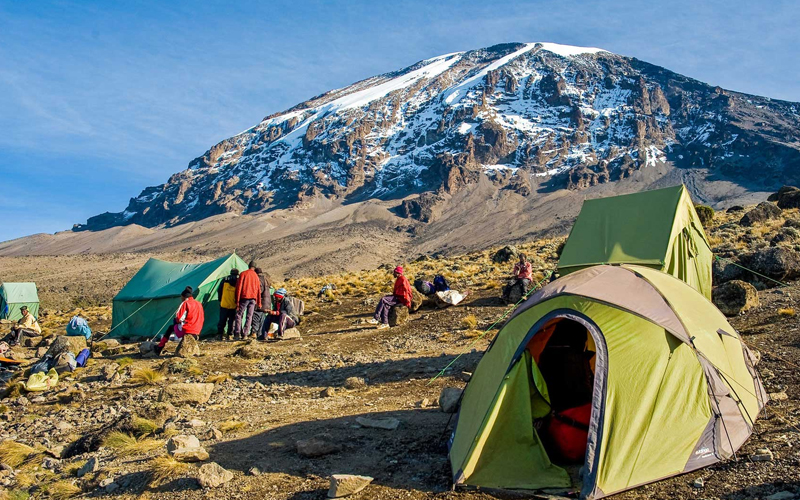
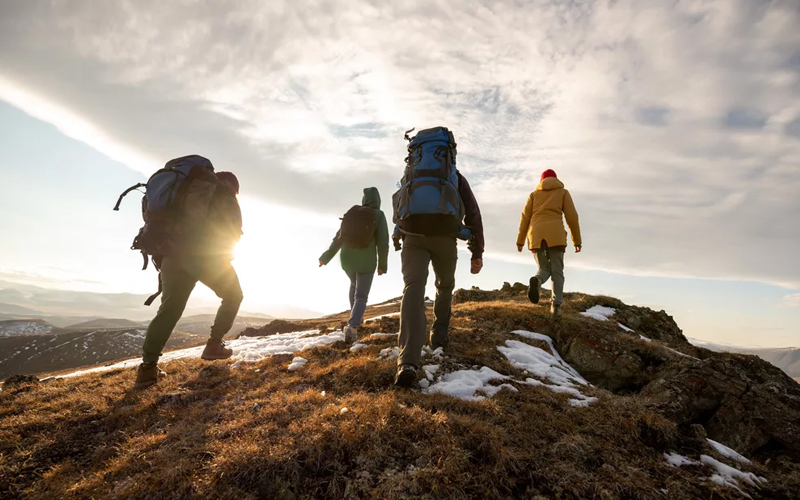

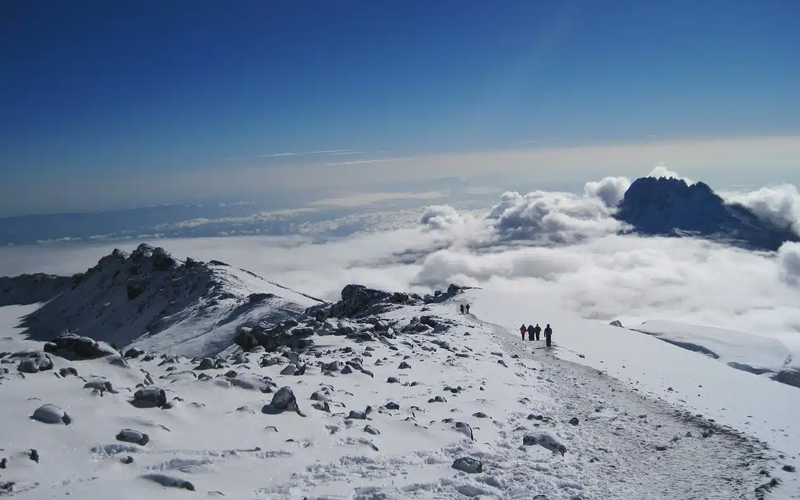
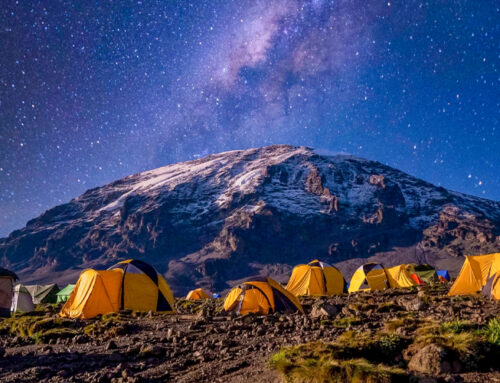
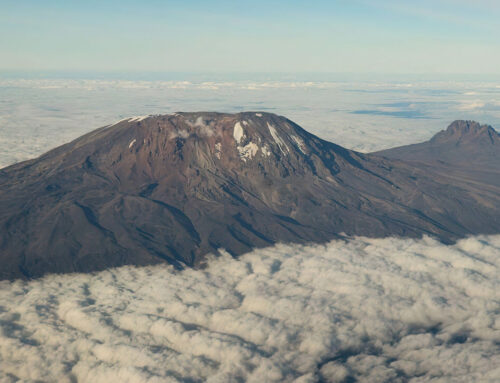
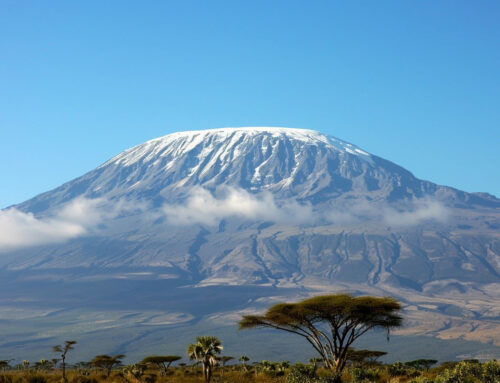

Leave A Comment